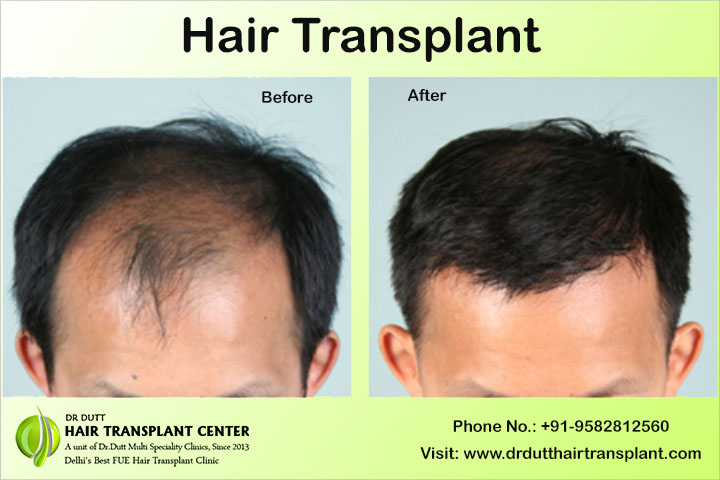One of the most frequently asked questions when having a hair transplant in Delhi is what the postoperative period will be like. Hair transplantation is currently a minimally invasive surgery performed under local anesthesia that allows rapid recovery and incorporation into social and occupational activities. Let’s see it in detail.
How long does a hair transplant take?
Hair transplantation is currently performed with the micrograft technique. Although the duration of the surgery will depend on the extent of the alopecia of each patient and the subtype of micrograft technique that is performed (strip or FUE), we can say that the intervention lasts an average of 6 hours. This surgical time is necessary so that the members of the hair transplant team (1-2 hair surgeons, 4-5 technicians and 1-2 nurses) can correctly carry out the process of separation, preparation and implantation of the micrografts “hair by hair”. During surgery, which is performed under local anesthesia, the patient may be given a sedative so that you are relaxed during the procedure.
In our Hair Transplant Unit, we have incorporated the presence of an anesthetist during surgery, which allows us to optimize safety and achieve an optimal degree of sedation for the patient, which improves their intraoperative experience, explains the hair transplant surgeon in Delhi.
How are the days after the hair transplant?
Medical recovery from a hair transplant in Delhi is usually quick. The night of the intervention, pain may appear in the donor area, which usually responds well to the usual analgesic treatment. The day after the intervention, it is common for an edema of the forehead to occur caused by the “lowering” of local anesthesia from the scalp, the effect of gravity. This frontal edema does not require treatment and subsides in 1-2 days.
In the recipient area, the micrografts are perceived in the first days as “small scabs” on a basis of redness. Within a few days the scabs are shedding. On a cosmetic level, the signs of a hair transplant are usually perceived during the first days after surgery. We can say that from the 5th or 6th day the patient (or the patient) can return to their socio-occupational activity, says the hair transplant surgeon in Delhi.
What care should the patient follow after a hair transplant?
General postoperative measures include: Taking antibiotics and anti-inflammatories for 4 days Relative rest 24 hours Avoid exercise for 15 days Follow a special hair washing protocol, which is individualized in each case. From day 15, the patient can lead a normal life in all senses.
When is the result observed? Is there a sudden improvement in hair density?
For better or for worse, the growth of transplanted hair is a slow process that takes several months to observe. In general, no improvement is usually observed until the 6th month after surgery, and from there the follicles of the transplanted follicular units emerge sequentially, this growth being maximum at 10-12 months. During that time, the improvement in capillary density is progressive, since the follicles grow sequentially, being a very gradual process and not usually “noticed” as a sudden improvement that can “give away” that this hair is the result of hair transplantation.
Therefore, we can say that the final cosmetic result of a hair transplant in Delhi is obtained a year after it has been performed, and that the change will not be overnight, but will be progressive in a few months, which prevents our social and work environment relate this improvement to the hair transplant.
In summary, hair transplantation is nowadays a minimally invasive technique that allows the patient to quickly join his social and occupational activities – less than 1 week. The result of the hair transplant in Meerut begins to be observed from the 6th month after surgery, progressively reaching the maximum effect one year after surgery.

